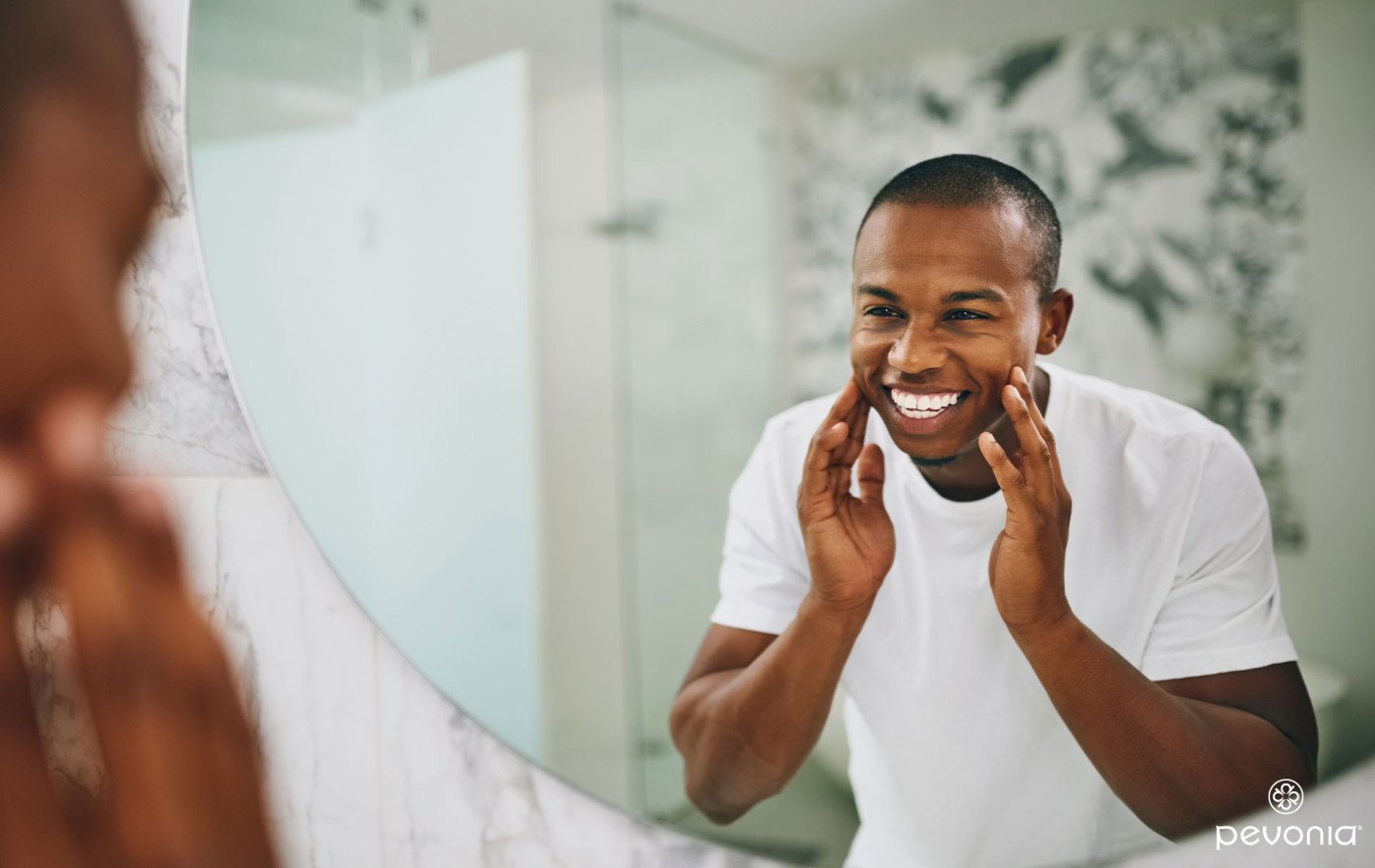
Ask The Doctor
Q: Does my skin breathe? Can you explain how and why or why not?
A: Does the skin breathe? Although skin doesn't technically breathe, an action that requires lungs or gills, it plays a vital role in gas exchange and requires oxygen to maintain skin health. Let me explain the concept of skin respiration and debunk some common myths about “skin breathing.” Skin respiration refers to the process of oxygen and carbon dioxide exchange between the skin and the environment. Oxygen can diffuse through the outermost layer of skin, known as the stratum corneum, and reach the living cells beneath. Oxygen is consumed in all layers of the epidermis and dermis, apart from the dead skin cells of the stratum corneum. Carbon dioxide, a waste product of cellular respiration, can also diffuse out through the skin. Skin receives oxygen both externally from air and internally from blood. Studies prove that cutaneous respiration, also known as cutaneous gas exchange or skin breathing, does occur. This gas exchange takes place across, rather than through, the skin. As far back as 1851, Joseph von Gerlach showed that our skin indeed takes up and utilizes oxygen from ambient air. The development of the oxygen fluxoptode, an advanced scientific device, enabled precise measurement of the amount of oxygen skin absorbs. It confirmed that the skin’s uptake of atmospheric oxygen contributes significantly to the dermal and epidermal oxygen supply.
A newly developed sensor seemed to indicate that the contribution to total respiration was minimal. However, other data revealed that the upper skin layers (from 0.25–0.40 mm) are almost entirely supplied by external oxygen, with the oxygen from blood having a lesser influence. The epidermis and the upper dermis can receive oxygen from the atmosphere, meeting oxygen demand only partially satisfied by blood oxygenated by our lungs. As the epidermis has no blood vessels, it largely relies on its direct exposure to the atmosphere to absorb oxygen externally. Several factors can affect skin respiration. Higher temperatures and humidity levels can increase sweat production, facilitating gas exchange, while skin conditions, such as eczema or psoriasis, can impair the skin's ability to respire effectively. Often, references to skin “not breathing” pertain to its occlusion with products that create a barrier that blocks this function. Heavy make-up, practices like slugging with petroleum, or multi-step routines using products with occlusive ingredients are blamed for suffocating the skin. However, as pores don’t directly facilitate respiration, occlusion doesn’t “smother” skin, as you may have heard. While occlusive products may temporarily block the pores, they do not prevent gas exchange.
However, a healthy skincare routine is essential for supporting optimal skin respiration. All skin types benefit from make-up removal, regular cleansing, exfoliation, and moisturizing to help remove dead skin cells, unclog pores, and maintain a healthy skin barrier. So, in this sense, does your skin need to “breathe”? Absolutely! To prevent dullness, roughness, breakouts, clogged pores, and milia (hard white bumps that resemble whiteheads), avoid heavy, occlusive make-up and multiple layers of products that deny skin direct access to clean air. Remember, your skin can only absorb so much! So, layer after layer isn’t necessarily helping your skin and may hurt it. A properly formulated daily cleanser, toner, serum, eye cream, moisturizer, and sunscreen, free of occlusive petroleum and mineral oil are all you need to support skin wellness while still allowing for healthy gas exchange.
Pro Tip: Rather than give your skin a day off to allow it to “breathe” freely sans make-up, find a lightweight tinted moisturizer with sun protection that supports healthy, clear, radiant skin. People prone to blackheads and breakouts should refrain from occlusive cosmetics and products. Although air alone doesn't "solve" acne, it is beneficial for controlling bacteria that cause blackheads and breakouts. Letting skin “breathe” by using a lightweight, non comedogenic face moisturizer and other products for acne prone skin is undoubtedly beneficial.
